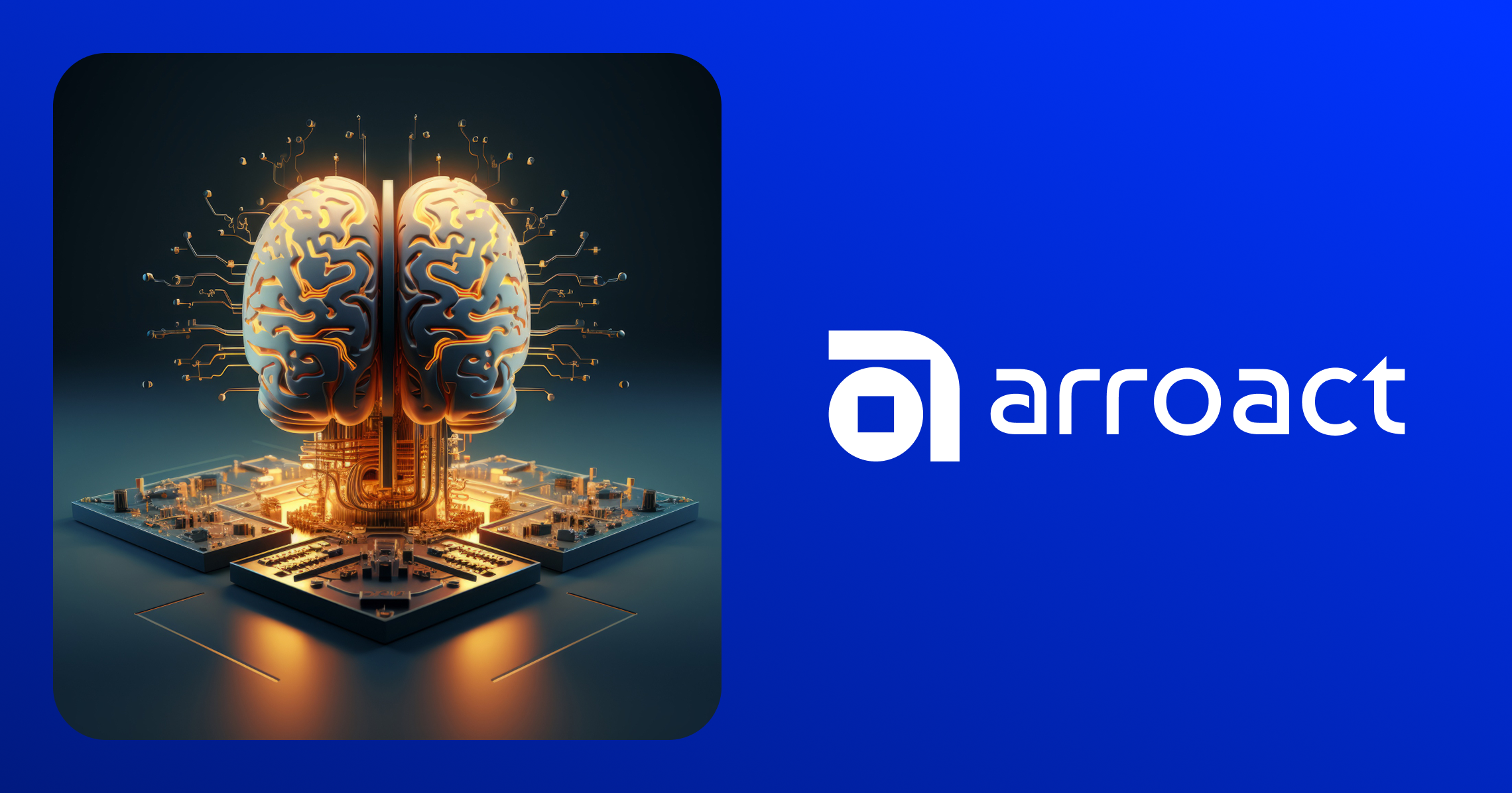
What is the AI Development Life Cycle? How we strategise Projects at Arroact
Artificial Intelligence has soon ventured into research laboratories and into boardrooms, driving personalised shopping to predictive maintenance across industries. To develop trustworthy and scalable AI systems, companies must adhere to a systematic AI development cycle.
This lifecycle determines the path of an AI project, which begins by defining the issue, followed by data preparation, model development, and ultimately implementing and sustaining the models. In contrast to classical software development, AI development is highly reliant on data, successive enhancements, and ongoing observations.
Keep reading to explore the AI Development Life Cycle and the approach to AI development that can benefit enterprises.
AI Development Lifecycle
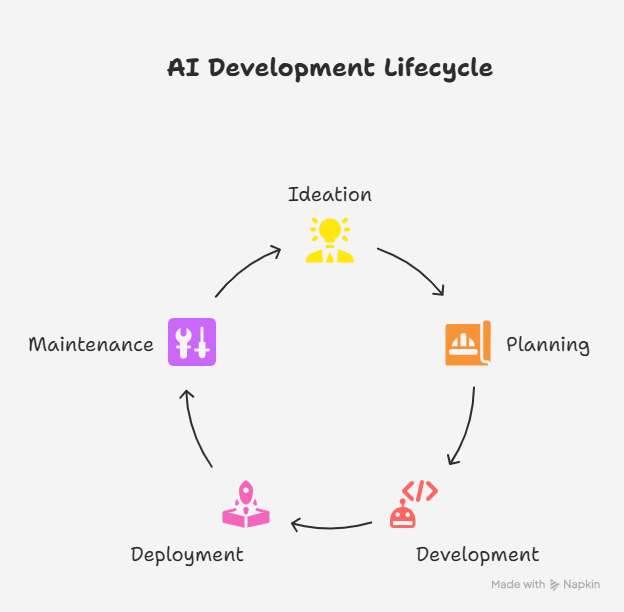
The AI development lifecycle is a set of phases that determine the progression of artificial intelligence projects from the ideation stage to deployment and maintenance. Similar to the classic software development life cycle, it ensures that each AI project is treated in a systematic manner.
For businesses considering AI, not following a systematic approach to developing a solution can result in the wastage of resources or incomplete solutions. Through an appropriate framework, businesses are able to:
- Determine the actual problem in business and then proceed to solutions.
- Make data available and of quality to train AI models.
- Create quantifiable objectives that are business results.
- Minimize project delays or failure.
Our team is using Arroact to ensure that all phases of the lifecycle are aligned with the business strategy, enabling us to maximise the investment.
Key Stages of the Artificial Intelligence Life Cycle
The artificial intelligence life cycle is not linear; it is iterative. One step develops upon another, but frequently circles back with models being revised and data changing. We have the main steps we go through at Arroact. Let's take them apart.
1. Problem Definition and Goal Setting
We begin by identifying the key problem before writing a single line of code. The application of AI must address a real-life business issue, as opposed to being used to introduce novelty.
- Establish quantifiable results (cost savings, efficiency, customer satisfaction).
- Develop (KPIs) key performance indicators .
- Determine whether AI is the correct approach or if automation will be sufficient.
This phase provides the foundation for the entire project.
2. Data Collection and Exploration
AI thrives on data. Even the most intelligent algorithms cannot function effectively without accurate information. At Arroact, we:
- Find data sources (CRM, ERP, IoT, eCommerce, etc.).
- Determine the quality of data, its completeness, and biases.
- Exploratory data analysis (EDA) can be used to discover patterns.
Such a step frequently indicates the incompleteness of the data strategy that must be resolved prior to model development.
3. Data Preparation and Cleaning
Raw data rarely comes in an AI model-ready format. We prepare data by:
- Routine treatment of missing values or erroneous values.
- Normalisation or normalisation of attributes.
- Division of datasets into training, validation and test sets.
Our AI development services make sure that datasets are strong enough to produce well-generalising models.
4. Model Selection and Development
Depending on the type of problem to be tackled with AI, selecting the appropriate model is determined by the problem type: classification, regression, clustering, or reinforcement learning. Our experts:
- Compare machine learning algorithms.
- Test prototype models.
- Tune hyperparameters to accuracy and efficiency.
Here is where AI actually becomes a reality, and the profound expertise of Arroact does not allow projects to stay at the stage of proving concepts only.
5. Model Training and Evaluation
Training involves feeding ready data into models and allowing them to study patterns. Evaluation will test the model to make sure it is not simply memorising data but can help predict new results.
- Measurements are taken in metrics such as accuracy, precision, recall and F1 score.
- Reliability is performed by using cross-validation methods.
- Underfitting and overfitting problems are addressed.
6. Deployment and Integration
The most well-trained model is worthless unless it is applied to working processes. Arroact ensures:
- Connection to business software (ERP, CRM, eCommerce).
- APIs or cloud-based real-time deployment.
- Performance drift.
7. Monitoring and Maintenance
AI isn’t “build once and forget.” Models do not stand still as data does.
- Constant monitoring of model performance in manufacturing.
- Refresh retraining with new datasets.
- Scalability infrastructure.
This iterative cycle ensures long-term success.
How Arroact Builds an AI Development Roadmap
We do not regard AI as a one-off project in Arroact; we view it as a business change roadmap. We are building an AI development roadmap that is designed around the three main dimensions:
- Business Alignment - All AI projects need to be directly aligned to the goals of the business, such as revenue growth, efficiency, or customer experience.
- Technology Foundation - We analyse infrastructure, cloud readiness and existing systems to determine the appropriate AI stack.
- Scalability and Ethics - Responsible AI practices make solutions explainable, ethical and scalable.
The combination of these components will take us to an experimental stage of clients to enterprise-wide adoption.
How Arroact Strategizes AI Projects: Our Differentiated Approach
When customers approach us, they do not receive any code, model training; instead, they receive collaboration, end-to-end AI development services. Our strategy involves:
Tailored Consulting
We begin with workshops to map business objectives and determine AI preparedness. This will make sure that we build solutions that are important.
Agile AI Development
We do not have long, fixed timelines; rather, we have agile sprints. Clients can observe progress, follow up, test prototypes and provide feedback.
Scalable Infrastructure
AI solutions designed by us are scalable with your business, making use of cloud-native and containerized deployments.
Human-Centered AI
At Arroact, we think that AI ought not to eliminate human beings but rather give them more power. All the models that we develop are designed in a way that they are easy to use and to accept within teams.
Business Benefits of Following a Structured AI Lifecycle
Organisations implement the structured AI lifecycle as directed by Arroact, they receive:
- Minimized Risk- Stages of clarity eliminate expensive errors.
- Faster Time-to-Value – Iterative development ensures results appear sooner.
- Scalable Solutions – Models that adapt to changing data and business needs.
- Higher ROI - Investments are directly linked to quantifiable returns.
This is the reason why additional businesses rely on Arroact as their Generative AI development firm and AI plan.
AI Development Lifecycle vs Traditional Software Development
It is noteworthy that the AI projects are not similar to the traditional software projects:
- AI is not only about code logic but also data-driven decision-making.
- Results are not deterministic (certain results), but probabilistic.
- Constant observation and re-training are essential.
Companies that do not understand these subtleties risk failure when they assume that AI is like any other software. Arroact seals this gap with our custom methodology.
Conclusion
Successful AI projects rely on the development of the AI lifecycle. Unless a systematic strategy is adopted, a company will easily fall into the traps of AI hype without business use. We are based at Arroact, combining technical expertise with a business-first approach to develop AI projects with a goal of driving tangible outcomes.
Whether it is machine learning, predictive analytics, or automation, Arroact is the AI development firm that ensures your investment yields real change. We are your partner throughout the process, whether it is the AI development roadmap or full implementation and tracking.
Prepared to unlock the power of AI? Explore Arroact to discover our AI development solutions, designed to support businesses seeking innovation and growth.
FAQs
1. What is the AI development lifecycle?
The AI development lifecycle is a stepwise process that assist the teams in constructing AI projects in a proper manner. It begins with the identification of problems, continues with the data setup, the building of models, the introduction of the system, and the maintenance of the system long after its implementation.
2. Why is following an AI development lifecycle important?
Using a proper lifecycle helps avoid problems and makes sure your data stays good quality. It connects AI projects with business goals, so companies get real results instead of just trying random experiments.
3. How does Arroact create an AI development roadmap?
Arroact makes AI roadmaps by matching business goals with what technology can actually do. They plan out project steps and prepare for launching, maintaining, and improving AI models as they grow.
4. Can AI projects succeed without a structured lifecycle?
AI projects might work without a plan, but they usually waste time, perform poorly, or use up resources badly. Having a clear structure helps set good goals, handle data properly, and succeed for many years.
Related Blogs

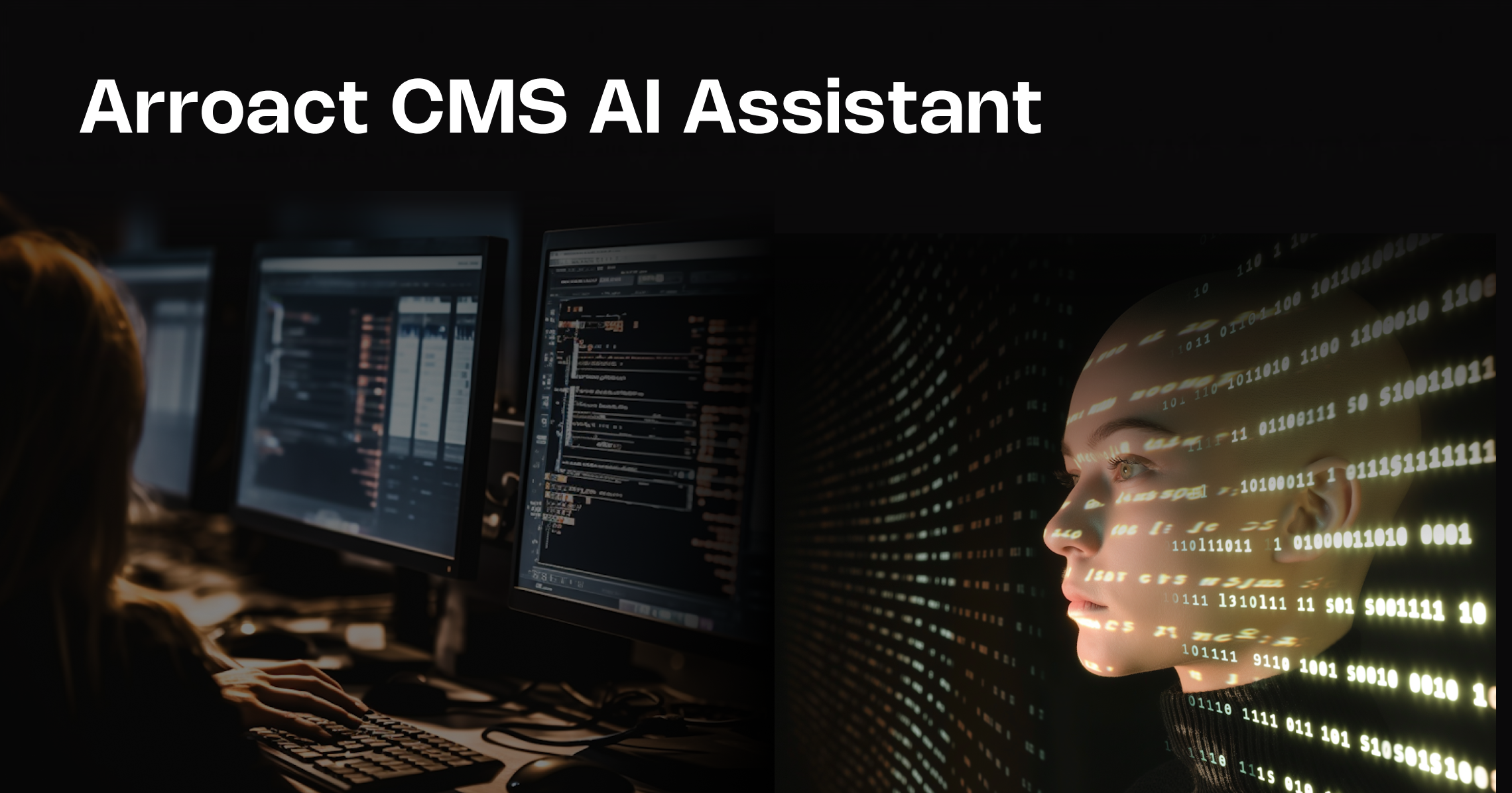
Read More
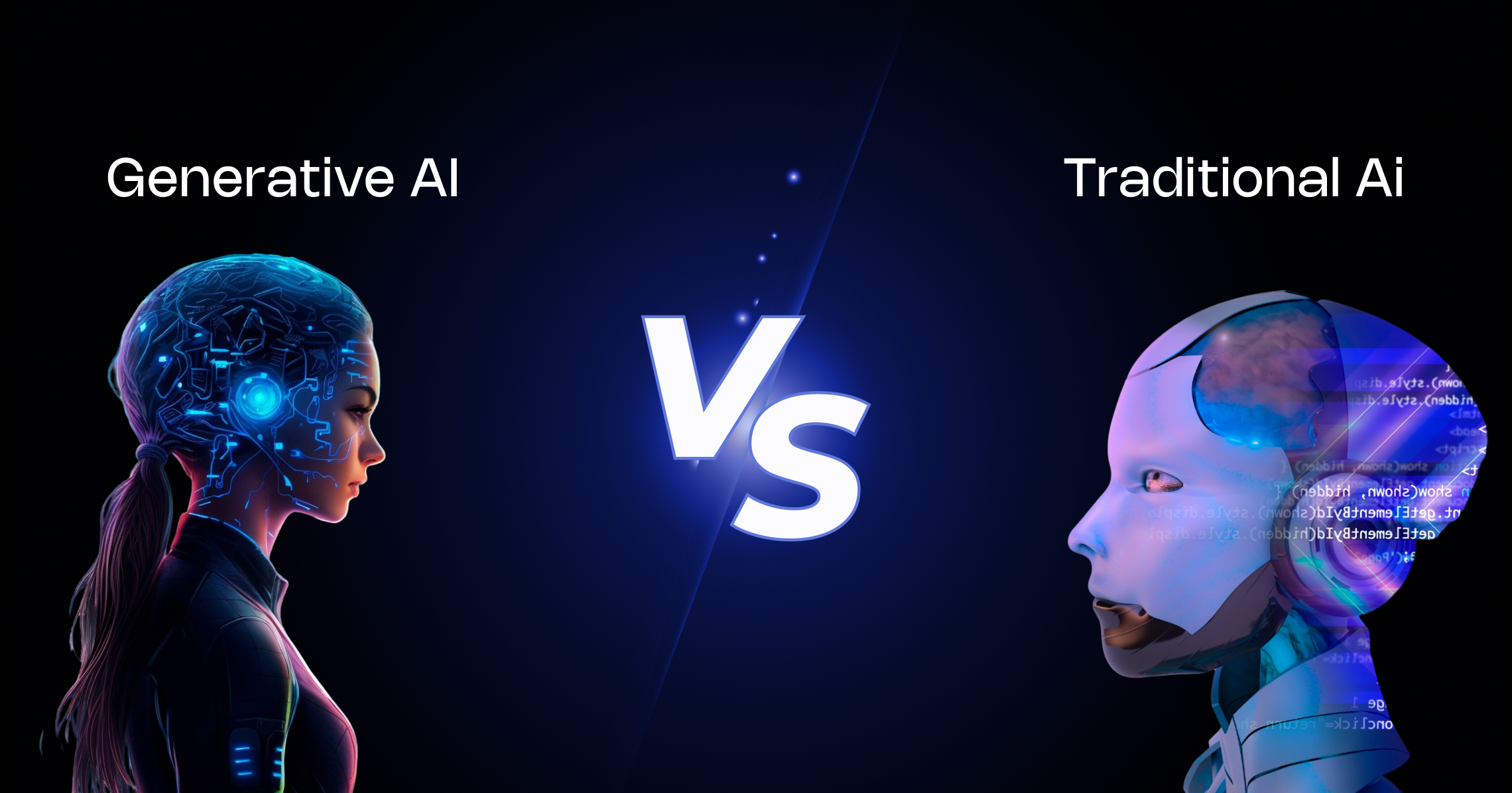
Read More
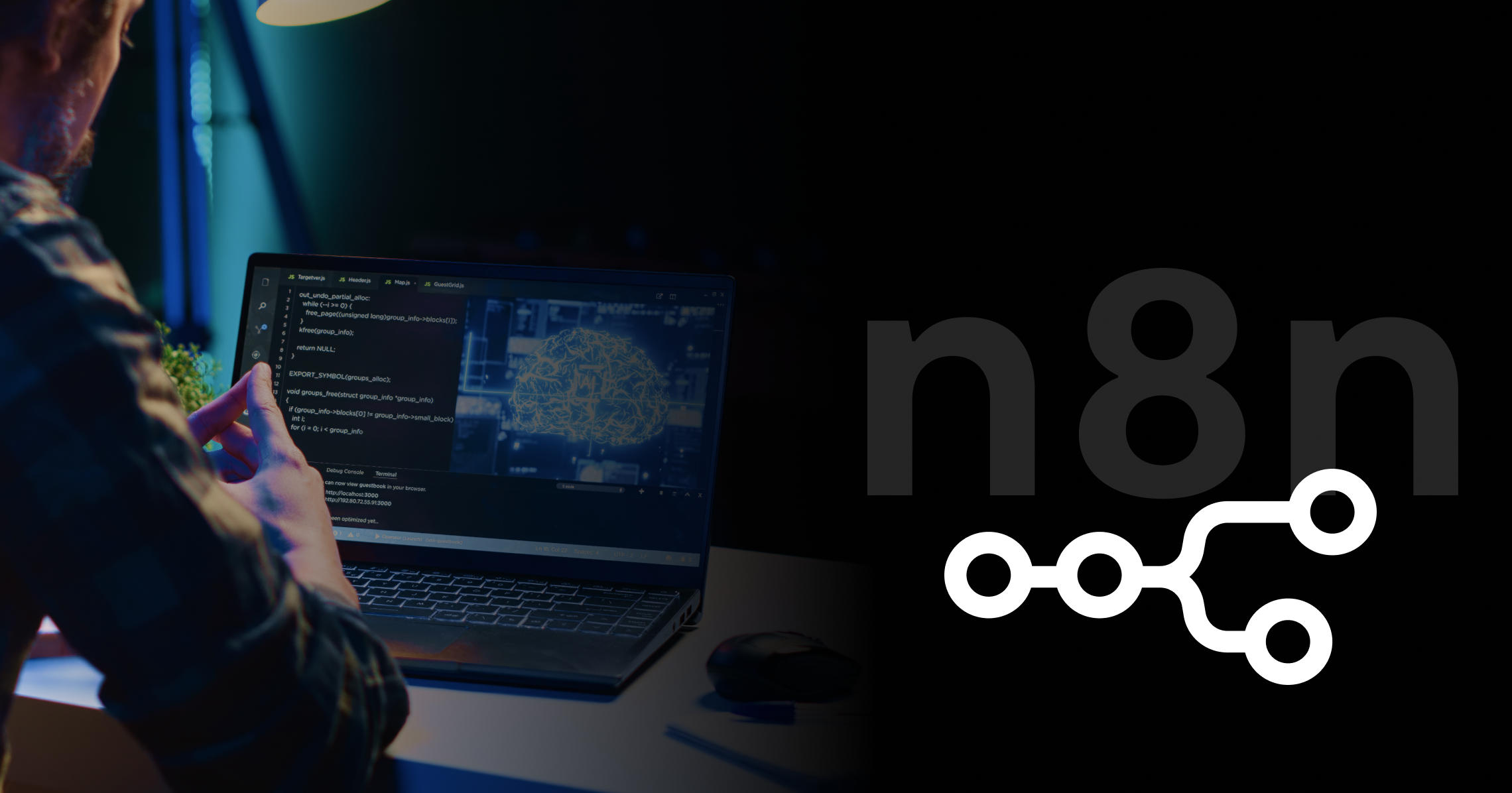
Read More
